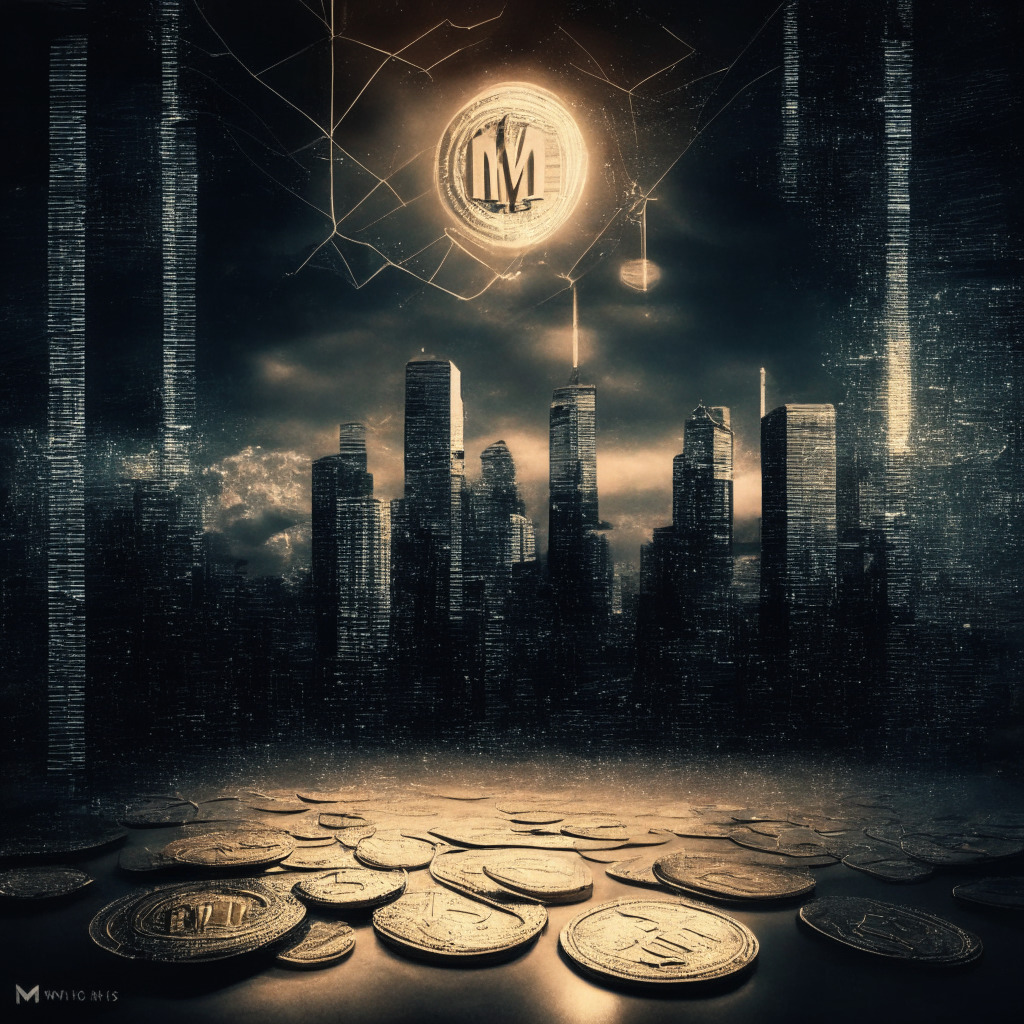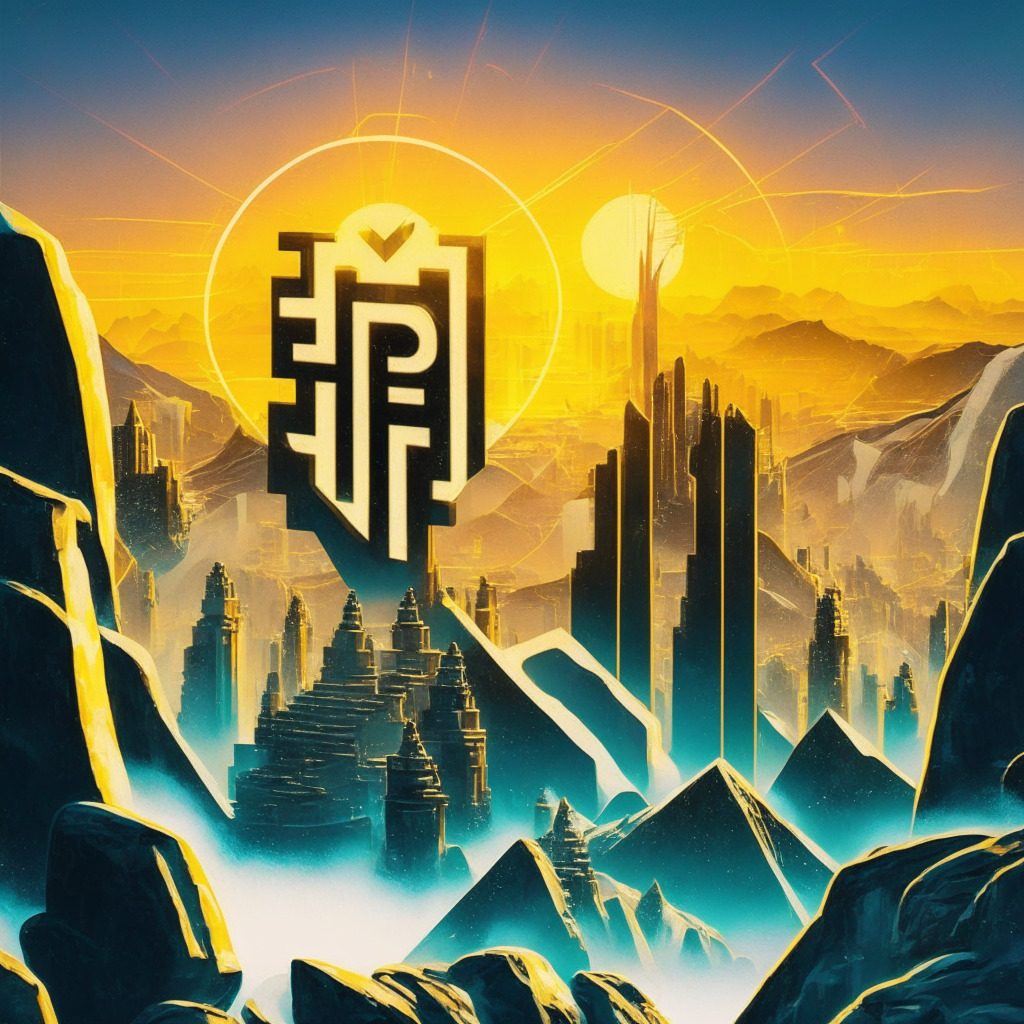There’s a unique enigmatic relationship that links three names in the crypto world: Justin Sun, Sam Bankman-Fried, and Do Kwon. Their similarities aren’t just superficial- think impressive aspirations, regulatory scrapes, and a navigated course cruising on the volatile sea of Bitcoin; they each constructed crypto trading fortresses that’d cause a ripple effect across the industry if they were to collapse. Already, two have toppled.
A recent comparison between Sun and his fellow crypto entrepreneurs may seem fair: Sun has tasted nearly everything the crypto industry has to offer after being in the sector for quite some time. His crypto evolution ehxibits him seeing the formative years of Ripple Labs, launching a blockchain and after accumulating significant wealth, leveraging his financial prowess ever since as an advisor and investor.
Diving into the personalities, business affects, and track records of Sun, Bankman-Fried and Kwon, one discovers an uncanny mutual streak – a modus operandi containing TradFi-style antics, political ambitions wrapped in a “saviour” cloak, and a tendency to conceal the roots of their critical projects. The scope of Sun’s influence in crypto rivals a very few, among them, Bankman-Fried and Kwon. However, their actions led to a wave of economic disasters, foreclosing several companies, liquidating assets, and spearheading an era of angst.
The larger question we reckon with then is, would Sun’s downfall replicate or even exceed that harm? His blockchain, Tron, currently matches the total value locked (TVL) that Do Kwon’s Terra had before its crash, igniting concerns.
Moreover, recent buzz surrounding alleged foul play at Huobi, a crypto exchange Sun, along with Poloniex, is believe to control has augumented worries. Notably, several executives of Huobi are reportedly being interrogated by Chinese police as the exchange is believed to be insolvent, and being used by Sun as a personal treasury.
The centralization of blockchains among key actors in the crypto space is a noteworthy trend. Evidence suggests that Kwon effectively and secretly controlled the Terra blockchain, hence it’s referred to as “Do Kwon’s Terra.” Similarly, Bankman-Fried was a significant investor in Solana and funded the construction of the decentralized exchange Serum, which makes Solana, essentially “SBF’s Solana.”
The same centralized framework applies to Tron – Sun’s footprint is all over the blockchain. There have been concerns about Sun and his Tron for years, which has recently manifested in the form of a U.S. Securities and Exchange Commission lawsuit. Particularly worrying is Tron’s USDT, used widely in the Asia-based crypto trading scene as its primary “use case” seems to be as a conduit to establish backing for a USD payment network for those unable or legally restricted from holding or transferring USD.
The collapse of faith in Tron-pegged USDT could potentially unravel a catastrophic effect if it lost almost half its value for multiple hours. Such a flash crash could lead to a death spiral, taking down numerous other tokens and projects along with it.
The narrative, therefore, begs the question – Sun’s potential to wreak havoc might surpass anything his peers could’ve anticipated. In the end, it’s a testament to the balancing act between ambition and stability in the revolutionary world of blockchain.
Source: Coindesk




